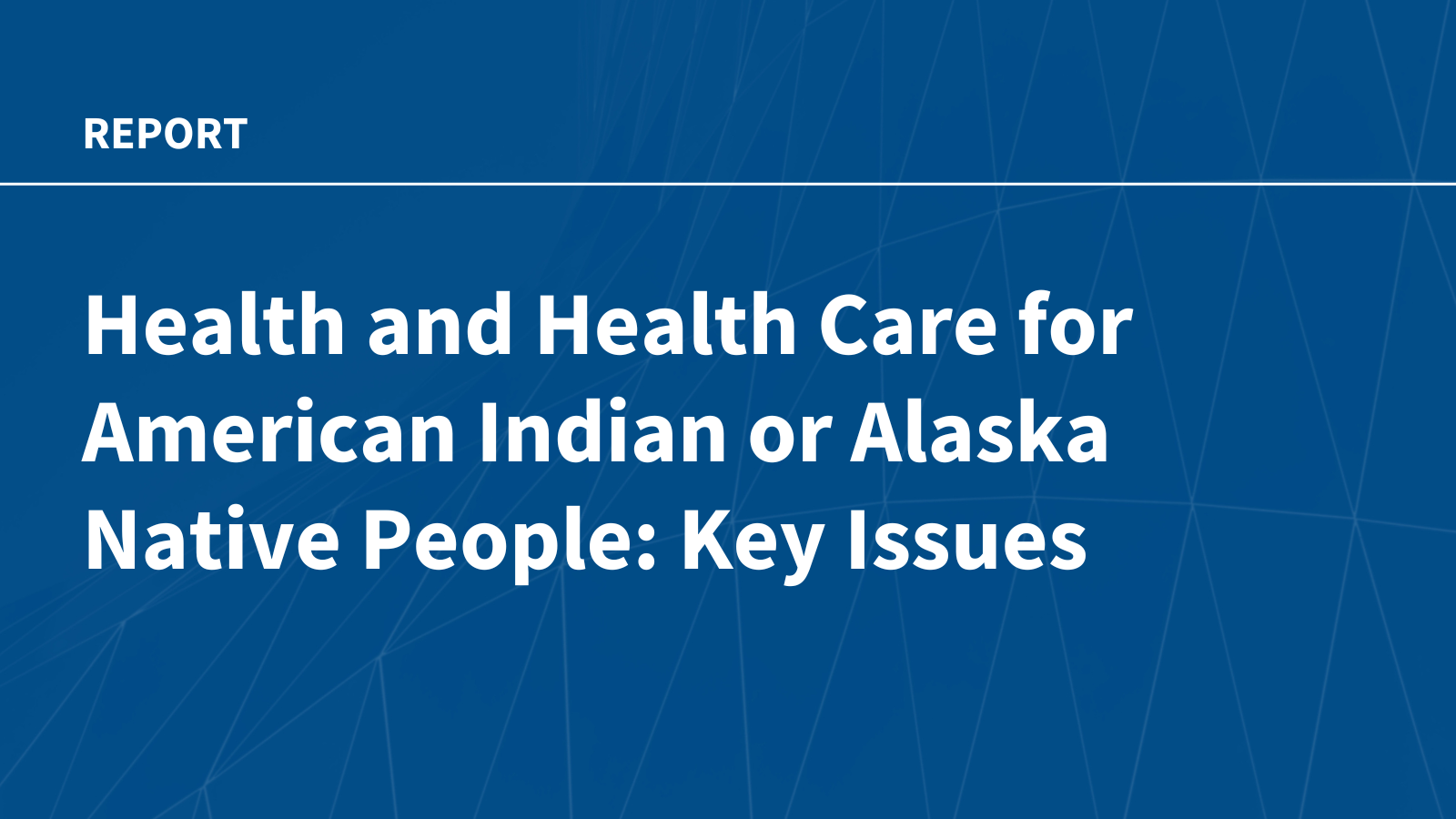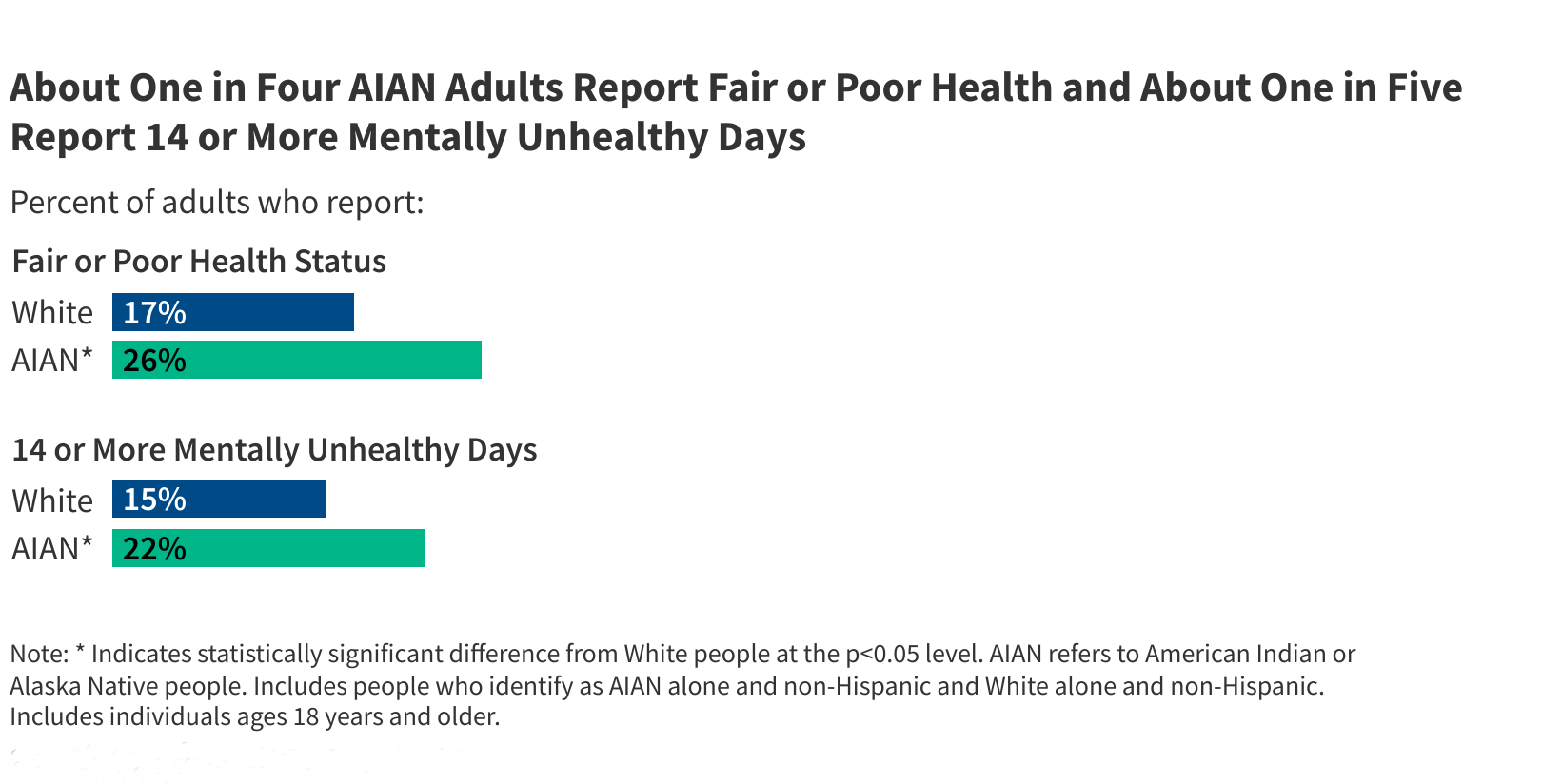Next year, the oldest members of the baby boomer generation will turn 80 years old. It’s a cause for celebration of life, but it’s also a milestone our nation is completely unprepared to meet. While it’s true that people in the United States are living slightly longer lives than generations past, we’re by no means living better ones.
It’s past time for our healthcare system, our social service infrastructure and our culture to acknowledge just how bleak the future will be for this population if we don’t modify the approaches we take to care for our older adults.
About half of these boomers will be widowed and living alone. Their social circles will break down as their families grow and their friends pass. Leaving home will become increasingly difficult, as the majority will be living with at least two chronic conditions that inhibit their physical agency and emotional health. They’re likely to develop more as they continue to age.
With diseases like hypertension, cancer and diabetes come exorbitant costs that will thrust those living on a limited income into financial distress. Recent research from Harvard’s Joint Center for Housing Studies determined only 14% of people over the age of 75 living in a metro area can afford daily in-home care, making aging at home difficult for the majority of older adults. Medical costs will inevitably increase as they age; a McKinsey analysis found Medicare beneficiaries aged 85 and older average more than twice the monthly medical costs of those aged 65 to 69.
In America, a vicious cycle continues
Aging Americans face a unique vicious cycle: chronic disease and social risks exacerbate each other, leading to deeper poverty, food insecurity and isolation. This cycle has been spiraling out of control for over a decade. Now, we find our healthcare system ill-equipped to address the clinical and social needs of a population that has swelled five times faster than our total population. How did this happen?
First, our society has not reconciled with its broad disregard for our aging population. Ageism in America not only has a measurable impact on health, it has also contributed to systemic inertia. Second, our country’s safety net programs are riddled with holes, leaving more older adults vulnerable as income disparities widen. Third, our chief mechanism for addressing unmet social needs on a systemic level has been through the healthcare system, which was never designed to address the social needs that disproportionately affect health.
We’re at a breaking point that has demonstrated the limits of the United States’ model for caregiving. Our healthcare and social service systems needed to be retooled to embrace new approaches years ago. But we can still modify them today.
Inspiring a new approach to caregiving
The United States needs a modern approach to caring for our aging population that integrates healthcare, social services and community support. Medicare Advantage plans, which cover half of all Medicare beneficiaries, are in a unique position to experiment with new models of care and payment, potentially leading the way out of this crisis.
Successful models from abroad offer valuable insights. Sweden’s Esther model, which emphasizes personalized care through an interdisciplinary network, has reduced hospital admissions and lengths of stay. While effective for those requiring nursing home-level care, it’s not applicable to the majority wanting to age in place. However, its principles can inform a new American model.
South Korea’s community-based integrated service model, which includes care navigators to provide emotional support and intervention, has shown significant improvements in loneliness and quality of life among older adults. Similarly, China’s mutual aid models highlight the potential of community involvement in caregiving.
Developing a modern American model
To develop a comprehensive approach to caregiving in the U.S., we must augment existing services and foster stronger connections between healthcare, social services and community organizations. Health plans can play a key role by advocating for interdisciplinary planning and intervention beyond outdated referral systems. Dedicated navigators are essential to guide older adults through the complex healthcare and social service systems, ensuring they access needed services and support.
While there are many virtual options available through health plans and the third parties they partner with, the ability to deploy in-person support is an important differentiator. Building a connection in an environment where older adults are most comfortable gives navigators a grounded understanding of patients’ realities and ensures members can follow through with needed services. In this way, health plans and their partners can play an end-to-end role in ensuring older adults are not only connected to the services they need but that their needs are actually met.
Finally, there is a definitive need to encourage and support light-touch, community-level care in the United States. Several foreign models for caregiving include some sort of community engagement element – many as a foundational principle – to promote social health. The concept of peer or companion care can be taken a step further by incentivizing community members to serve a vital role as boots on the ground, eyes and ears inside the homes of individuals who may be living with social vulnerabilities otherwise missed by our social and healthcare systems.
Motivating real change
The financial implications of our increasingly sick and socially vulnerable aging population, left unattended, are astronomical. But the need to redesign how we care for our aging population goes beyond the financial. We should be devising new, improved ways to care for our older adults because it is simply the right thing to do.
Even countries that regularly report better social and health outcomes among their aging population than the United States are innovating with a sense of urgency. Where is ours?
Andrew Parker founded Papa, an end-to-end human care network, in 2017. He started the company to support his own grandfather, his “papa,” and the company has since scaled to provide social support nationally through Medicare Advantage, managed Medicaid and employer benefits. Prior to Papa, Andrew was part of the founding team of MDLIVE.
Publisher: Source link










